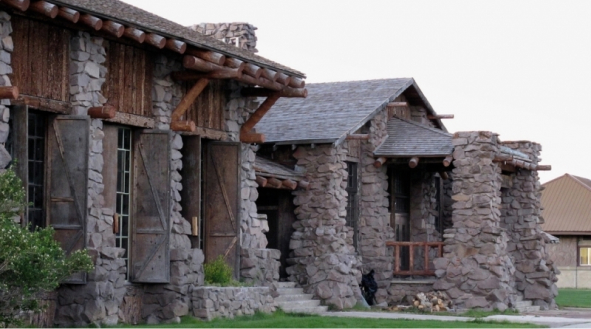What can I do and see along the Lewis River?
- Shoshone Lake: The largest backcountry lake in the park is accessible by hiking trail only. It's a 6 mile round-trip hike from the trailhead (8.8 miles west of West Thumb).
- Lewis Lake: Easily accessible from the South Entrance Road, Lewis Lake allows motorized boats and is also great for kayaking and canoeing. There is a campground, picnic area, and boat ramp.
- Lewis River Trail: From the northern edge of Lewis Lake follow the lake's edge and then continue up the Lewis Channel to Shoshone Lake. Return the way you came or make a loop hike out of it.
- Fishing: Experience the backcountry with your fishing rod; try the Lewis Channel. The southern edge of Lewis Lake offers good fishing and you can easily access the Lewis River near Lewis Falls. Below the falls, the Lewis River eventually enters a deep inaccessible canyon before joining the Snake River.
- Lewis Falls: Easily viewable from the road, the 30 foot Lewis Falls are great for photos and a picnic.
Where is the Lewis River?
Located in the southern end of Yellowstone National Park, the Lewis River flows south out of the backcountry Shoshone Lake. From here it flows through the Lewis Channel into Lewis Lake. It then flows out of the southern end of Lewis Lake and eventually through a deep inaccessible canyon, before merging with the Snake River near the park's south entrance.
When is Lewis River accessible?
It is accessible when the southern park roads are open, typically late spring through late fall.









